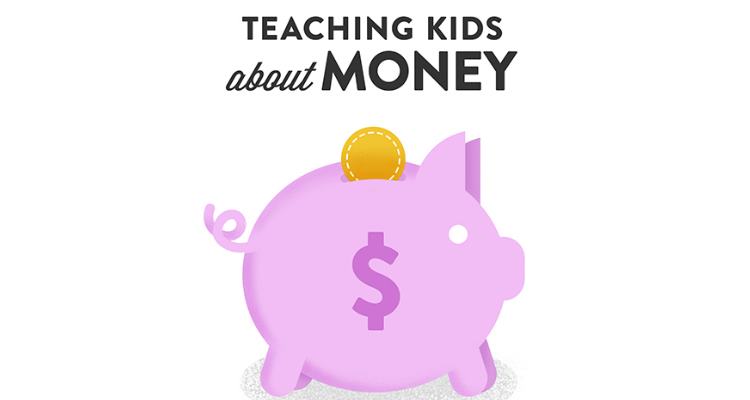Given the importance of money management throughout one’s life, teaching children about finances should probably rank high on the priority list. Schools tend to fall short when it comes to economics instruction in the younger grades. Yet, children as young as three years old can grasp financial concepts like saving and spending, according to an article on teaching kids about money.
In addition, a report by researchers at the University of Cambridge commissioned by the United Kingdom’s Money Advice Service revealed that kids’ money habits are formed by age 7.
Anne Ziff, a family therapist in Westport, Connecticut, says that parents are often nervous about talking to their kids about finances. “The money scene in many households is horrendous,” Ziff says. “What should be cool, calm communication becomes complex emotional anxiety and also a source of manipulation. Parents are often at opposite poles, and children get mixed messages instead of good financial experience.”
To combat this issue, here are six tips to start teaching kids about money from an early age.
1. Use everyday teachable moments. This can be as easy as taking your child to the supermarket. Explain why you’re making the choices you are, like buying generic brands to save money or going to different stores to take advantage of sales. You could also give your kid $2 and have them pick out a fruit or vegetable to buy, explaining that money is finite and it’s important to make good decisions to avoid going over budget. You can also explain the financial reason behind making meals that last and eating leftovers instead of constantly spending money on new food.
2. Give them an allowance. While this is a common practice, some parents disagree on the effectiveness of this approach. Some believe in paying their child for chores, saying “there’s value in doing work and being rewarded for it, and it’s good training for getting a job.” But others say that chores should be required to contribute his or her time to help with the family work load. Proponents of an allowance believe that it’s a vital part of teaching kids about money. If they don’t have any money to spend, they can’t develop their own spending habits.
3. Spending vs. saving. It’s easy for kids (and even adults) to want instant gratification from buying something immediately. But if kids want to purchase a more expensive item, you can tell them that in order to do that, they need to set money aside. A good way to do this is to use a modern piggy bank, which separates money between spend, save, donate, and invest. You can even choose to pay them interest on their saved or invested money to show them the added value of not spending all their money at once.
4. Teach budgets. Typically, the only financial behavior kids will see from parents is spending. It’s worth sitting them down and explaining that when they’re older, there will be bills to pay. One way to demonstrate this is using monopoly money. Start with a monthly salary, and then start setting aside the money that you need for each expense—groceries, electric bill, phone bill, insurance, savings, etc. They can then tangibly see how much money is left in the budget to deal with unforeseen issues that arise, such as your car breaking down, and spending on wants instead of needs, like eating out and purchasing clothes for fun.
5. Let them make their own decisions. Parents can teach good money habits, then step back and see what their kids do. They can’t become financially savvy if their parents are constantly looking over their shoulder and dictating what decisions they make. If kids make their own goals and decisions, they will enjoy the process as well as learn from their mistakes. Parents can of course step in if advice is needed to get them back on track.
6. Don’t skip the credit lesson. Though young kids won’t have their own credit card, teaching them about borrowing money can help them understand the concept of spending money you don’t yet have. If they want to borrow money to purchase something immediately that they can’t afford, you can give them a loan and then charge interest.





































